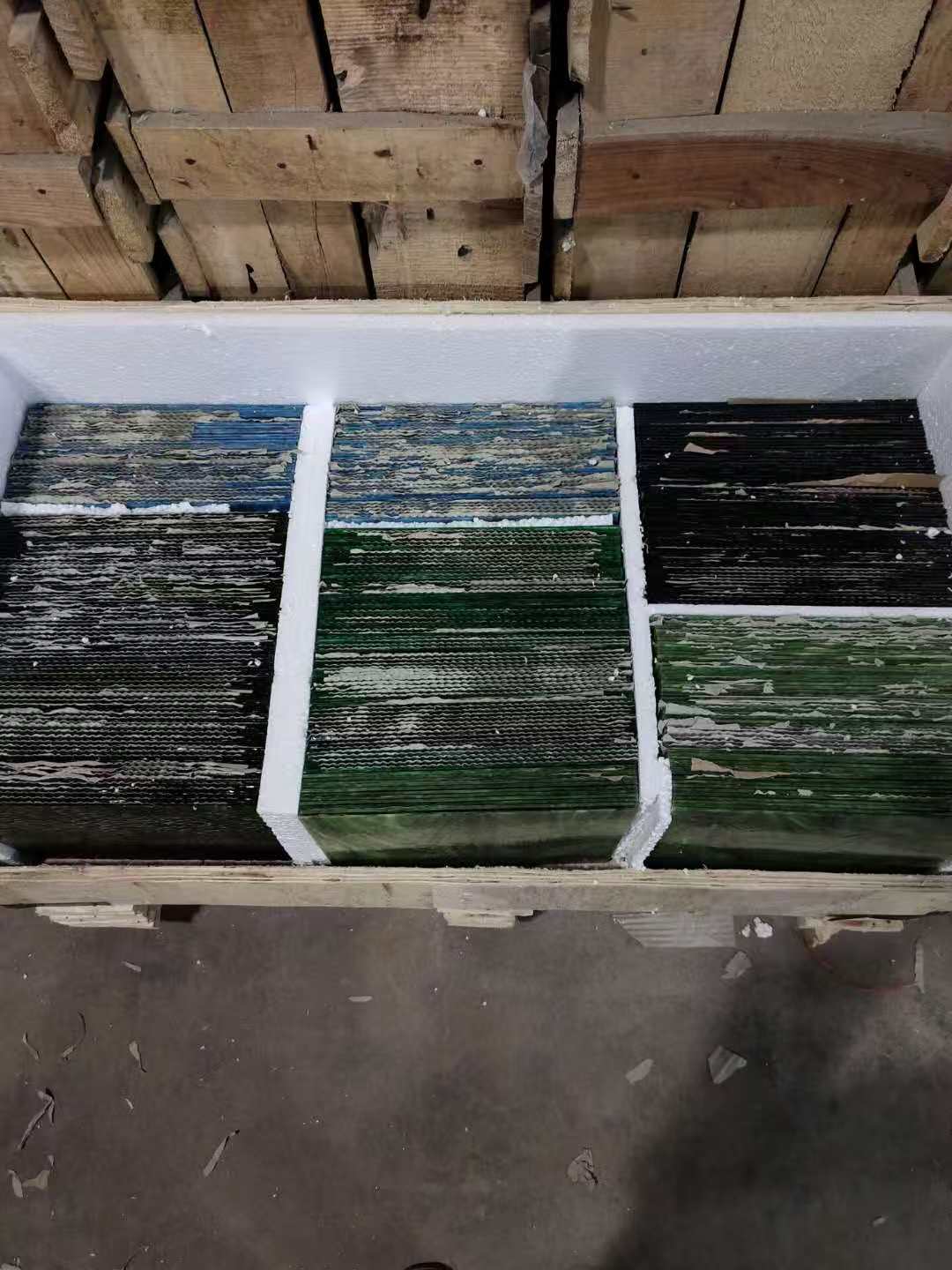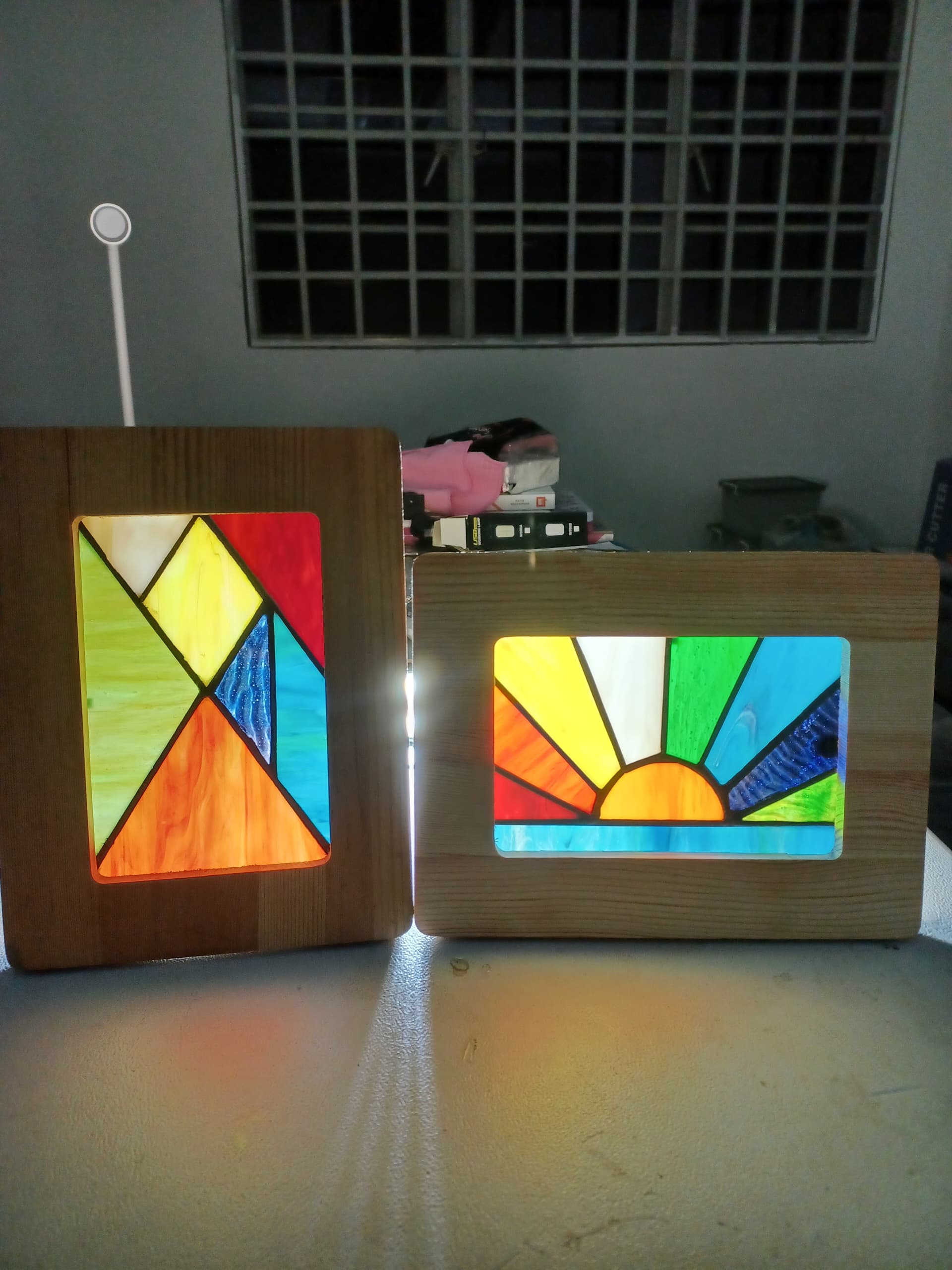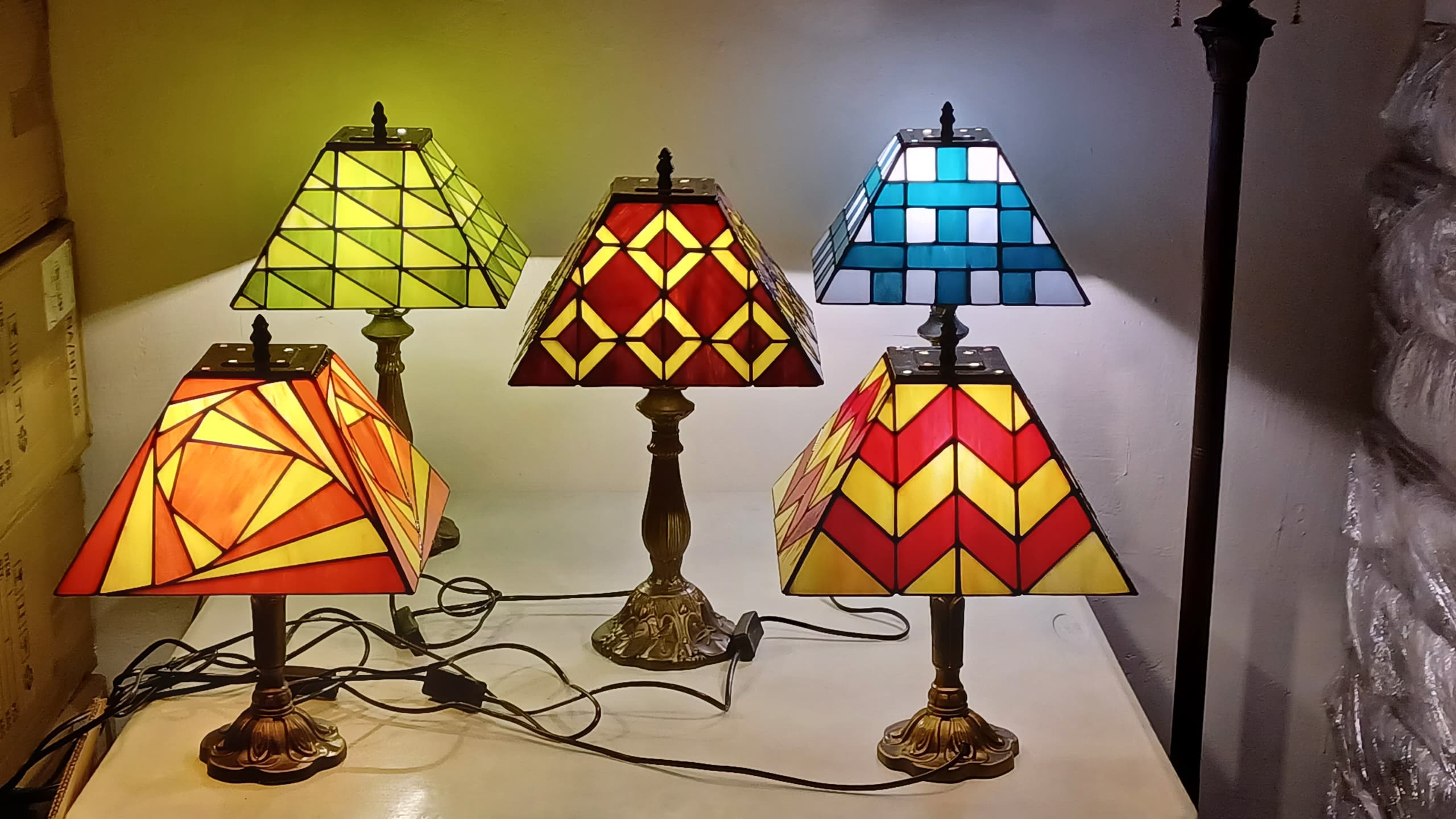
Our Story
Welcome to HOBBIBOX! We're passionate about stained glass and want to share its enchantment with others. Our journey started with a single purchase of a stunning stained glass lamp. We were captivated by its beauty and curious about how it was made. This led us to extensive research about stained glass, and we decided to try it out for ourselves. Cutting the glass was challenging, but we persevered and became skilled at our craft. We realized that others might find the process intimidating, so we started offering pre-cut stained glass ornaments. Our pre-cut ornaments allow hobbyists to focus on the joys of creating without the frustrations of cutting glass.
We also offer comprehensive kits that include all the tools and accessories needed to create your own stained-glass lampshade. We've curated these kits to ensure that every aspiring artisan has everything they need in one convenient package.
At HOBBIBOX, we're committed to delivering top-quality materials and resources that empower artisans to strive for perfection in their creations.
Whether you're an experienced craftsperson or a curious beginner, HOBBIBOX is here to provide the tools and support you need to bring your artistic visions to life. Join us on this extraordinary journey and let the brilliance of stained glass illuminate your world.
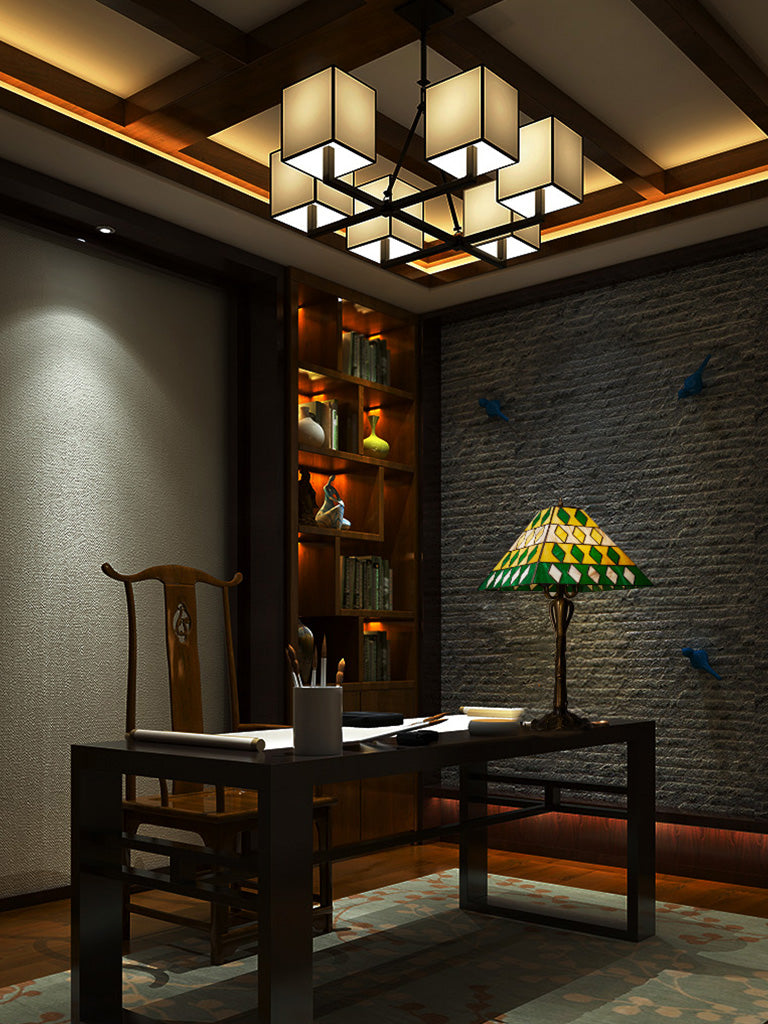
Message from Our Founders
At HOBBIBOX, we’re not just a manufacturer of stained glass DIY kit. We’re a testament to the timeless art of stained glass craftsmanship. This art form, which dates back over hundred years, has inspired generations with its beauty and intricacy. Our founders, See Tiau Kee and Thaneswar, spent over five years mastering the craft, meticulously studying its history, techniques, and nuances. Their dedication to craftsmanship laid the foundation for HOBBIBOX, a brand driven by the mission to make this once exclusive art accessible to all.
Understanding that the traditional process could be complex and intimidating for beginners, they innovatively transformed stained glass artistry into user-friendly DIY kits. Unlike selling finished products, our kits offers a unique, hands-on experience, empowering people to create their own masterpieces. Each kit reflects our unwavering commitment to quality and artistry, featuring carefully curated glass colours, precision cut ornaments, and step-by-step instructions designed for creators of all skill levels.
Our ultimate goal is to inspire the next generation of artisans and foster a lifelong love for stained glass.
We invite you to embark on this creative journey with us and experience the magic of stained glass in a way that’s truly your own.
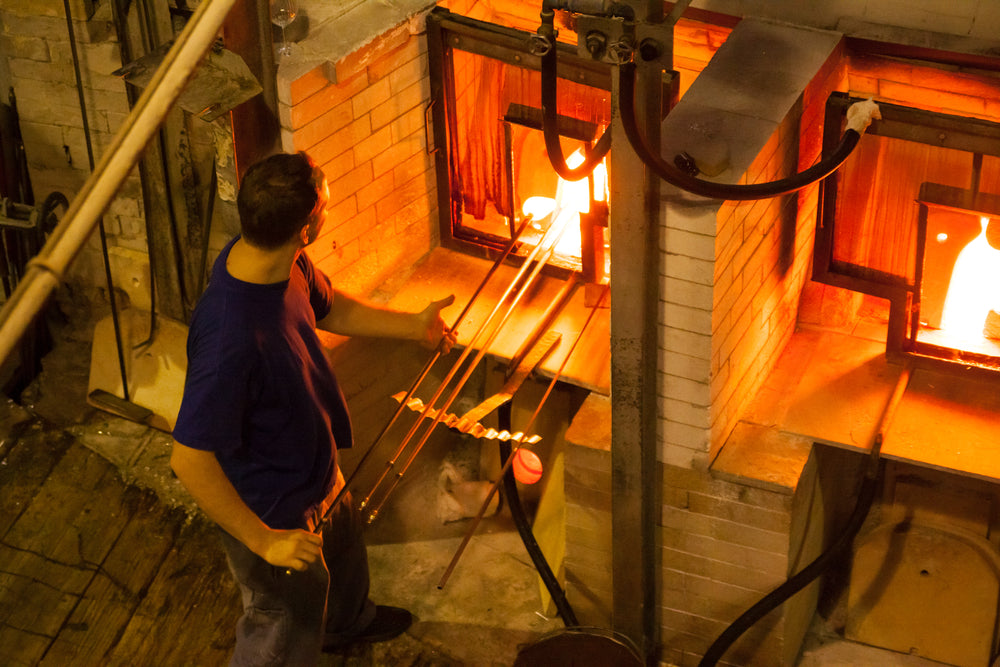
01Typically seen on decorative windows and gracefully spanning across churches worldwide, stained glass is famously known as a luxurious form of glassworking. Stained glass objects strike the viewer with beauty and grace as light travels through it.
Typically seen on decorative windows and gracefully spanning across churches worldwide, stained glass is famously known as a luxurious form of glassworking. Stained glass objects strike the viewer with beauty and grace as light travels through it.
Much like the assembly of its decorative piece, the process of creating stained glass demands great attention to detail. Here, artisans combine potash and sand at 3000 degrees Farenheit with metallic oxide powder to infuse different colours. This complex glasswork process requires patience and a skilled craftsman with years of experience to create such a valuable, luxurious material.
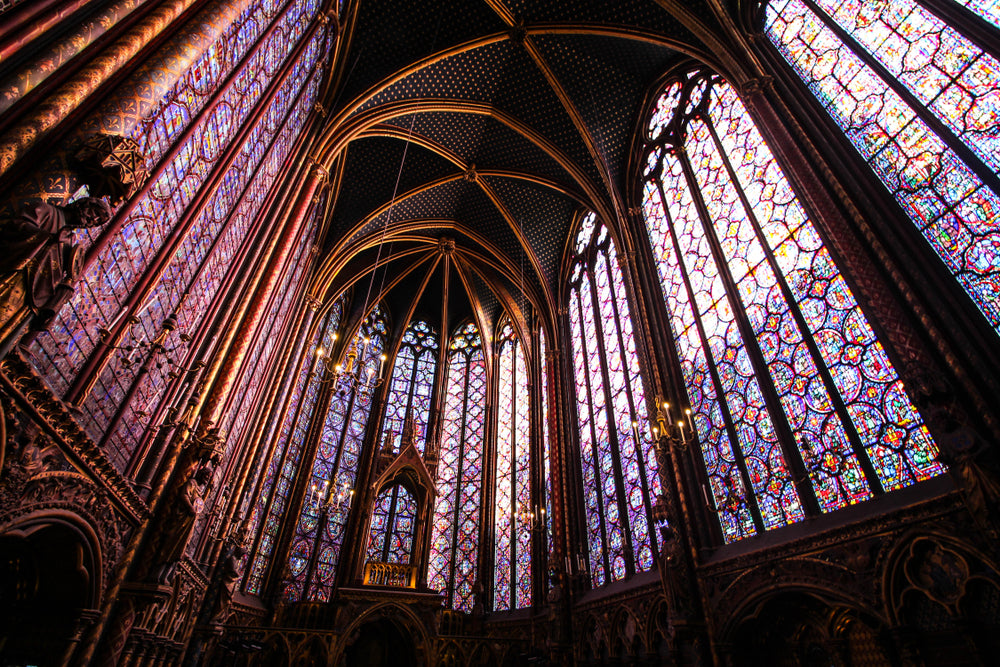
02
The rich history of artisanal stained glass can be traced back to thousands of years before the Ancient Romans and Egyptians where it was used to make decorative ornaments. On a similar note, the British also heavily incorporated them in churches and monasteries throughout the 7th century.
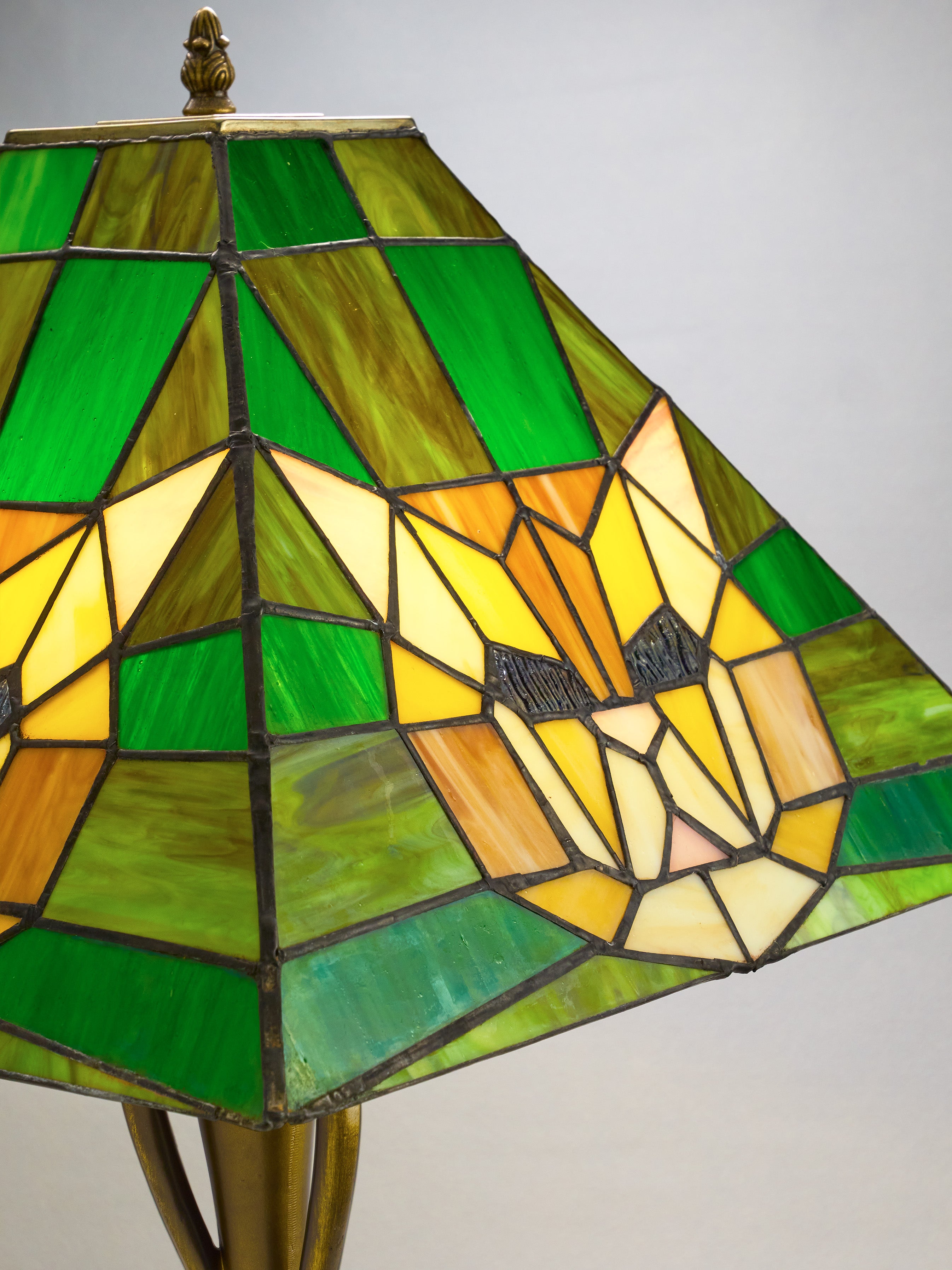
03
Known as the “art of painting with light”, stained glass captures a unique effect from the colouring, refracting, obscuring, and fragmenting of light. The illuminated stained glass piece comes to life when incorporated as a lamp. You can find stained glass lamps in an array of themes from modern geometric to traditional styles, and is well celebrated for its illuminating effect that shows off its stunning colours as light hits.
01Typically seen on decorative windows and gracefully spanning across churches worldwide, stained glass is famously known as a luxurious form of glassworking. Stained glass objects strike the viewer with beauty and grace as light travels through it.
Typically seen on decorative windows and gracefully spanning across churches worldwide, stained glass is famously known as a luxurious form of glassworking. Stained glass objects strike the viewer with beauty and grace as light travels through it.
Much like the assembly of its decorative piece, the process of creating stained glass demands great attention to detail. Here, artisans combine potash and sand at 3000 degrees Farenheit with metallic oxide powder to infuse different colours. This complex glasswork process requires patience and a skilled craftsman with years of experience to create such a valuable, luxurious material.
02
The rich history of artisanal stained glass can be traced back to thousands of years before the Ancient Romans and Egyptians where it was used to make decorative ornaments. On a similar note, the British also heavily incorporated them in churches and monasteries throughout the 7th century.
03
Known as the “art of painting with light”, stained glass captures a unique effect from the colouring, refracting, obscuring, and fragmenting of light. The illuminated stained glass piece comes to life when incorporated as a lamp. You can find stained glass lamps in an array of themes from modern geometric to traditional styles, and is well celebrated for its illuminating effect that shows off its stunning colours as light hits.





